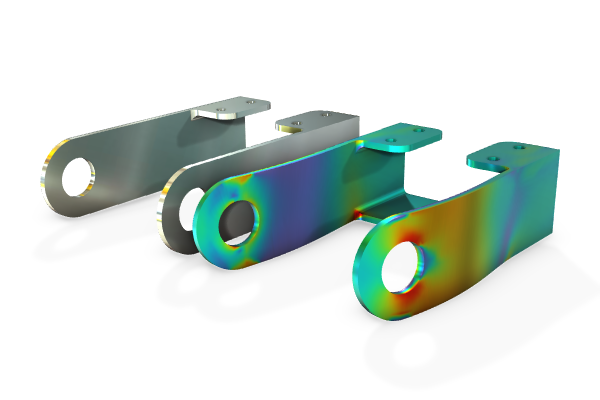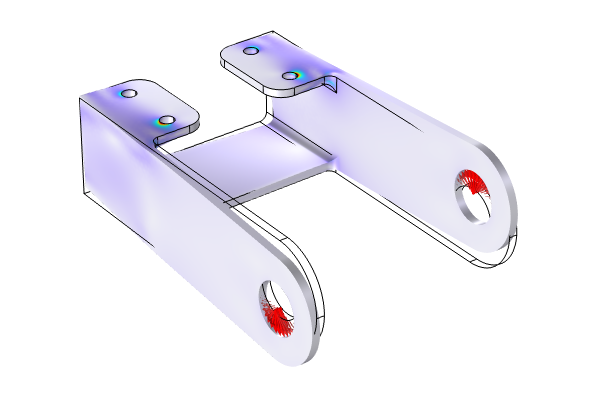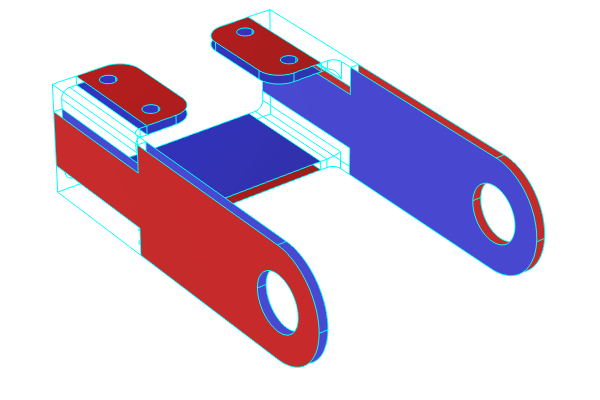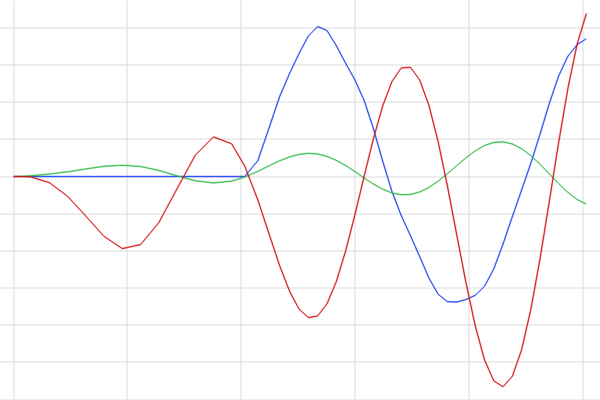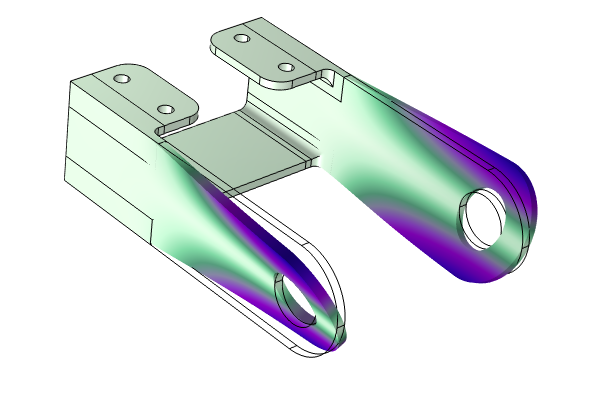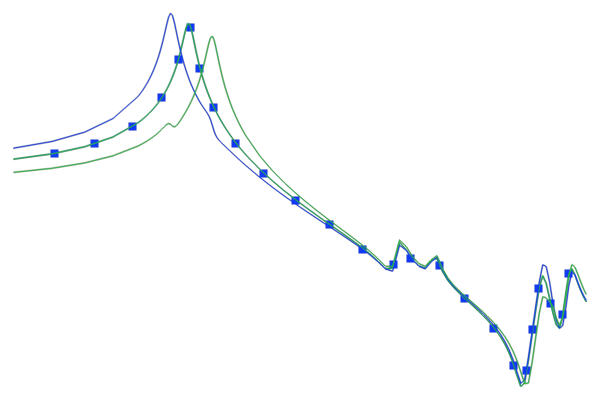Getting Started with Modeling Structural Mechanics
Structural mechanics is a field of applied mechanics in which you compute the deformations, stresses, and strains that occur in solid materials due to forces and loads. This 5-part course provides an introduction to modeling structural mechanics using the COMSOL Multiphysics® software and the add-on Structural Mechanics Module. Not only will the course cover how to conduct various types of structural analyses in the software, but it will also discuss the concept behind each type of analysis.
The goal of the course is to help you familiarize yourself with the structural mechanics interfaces, preset study types, boundary conditions, and various features that are relevant for modeling structural applications. It should also provide an understanding of how to define the physics in order to efficiently build and compute your models.
Each part of the course has two elements: First, there is a discussion covering fundamentals and an introduction to either the model implementation or the type of analysis being conducted. Following this is a step-by-step modeling demonstration. Model files are included so that you can access the completed model built during the demo.

The bracket tutorial model is used throughout the course, including for frequency domain and modal studies as shown here.
An overview of what is covered throughout the course is outlined below:
Part 1: Basics of Modeling Structural Mechanics
- Fundamentals of structural mechanics modeling
- Overview of stress, strain, governing equations, and boundary conditions
- Setting up, building, and computing a static, structural model
Part 2: Physics Interfaces for Modeling Structures
- Overview of physics interfaces for modeling different types of structures
- Use cases and examples for when each interface should be used
- Setting up, building, and computing a model using solids and shells for the structure
Part 3: Basics of Time-Dependent Analysis in Structural Mechanics
- Overview of time-dependent analysis and the preset studies available for it in the software
- Options for including damping effects in a model
- Setting up, building, and computing a time-dependent model
Part 4: Basics of Eigenfrequency Analysis in Structural Mechanics
- Overview of eigenfrequency analysis and the preset studies available for it in the software
- Including damping effects in a model
- Setting up, building, and computing an eigenfrequency analysis of a structure
Part 5: Basics of Frequency Domain Analysis in Structural Mechanics
- Overview of frequency domain analysis and the preset studies available for it in the software
- Performing prestressed analysis and utilizing mode superposition
- Setting up, building, and computing a frequency domain analysis of a structure
Upon completing the course, you will have a complete understanding of the modeling workflow in the software and thorough understanding of the fundamentals of modeling structural mechanics in COMSOL Multiphysics. You will be familiar with the structural mechanics interfaces, preset study types, boundary conditions, and various features that are relevant for modeling structural applications. You will also have a better understanding of the various study types in the software and how to define the physics to effectively and efficiently build and compute your models.
Submit feedback about this page or contact support here.

